As parents, we often find ourselves marveling at the incredible journey of our child's growth and development. From their first smile to taking those wobbly first steps, every milestone is a precious moment worth celebrating. Understanding these milestones not only helps us cherish these beautiful phases but also allows us to support and nurture our little ones effectively. Join us as we explore essential child development milestones and how you can stay engaged in your child's amazing growth journey!
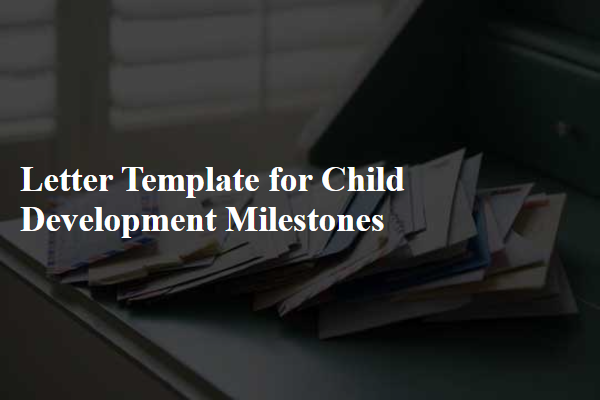
Age-appropriate milestones
At 12 months of age, infants typically demonstrate significant growth in areas of communication, motor skills, and social interaction. Most children can say simple words such as "mama" or "dada," showcasing early verbal development. In terms of motor skills, they often stand independently for a few moments and may begin to take their first steps, transitioning from crawling to walking. Socially, infants engage more actively with caregivers by clapping hands and waving goodbye, indicating an understanding of social cues. Cognitive skills are also expanding as they show curiosity by exploring their surroundings and becoming interested in cause-and-effect relationships, such as shaking a toy to make noise. These developmental markers provide insight into a child's progress during this critical period of growth.
Developmental domains (cognitive, motor, social-emotional, language)
Cognitive development in children, typically observed from birth to age five, encompasses skills such as reasoning, problem-solving, and the ability to understand complex concepts. Milestones include recognizing familiar faces by six months and categorizing objects by age two. Motor development divides into gross motor (large movements) and fine motor (smaller movements). By age one, infants usually can sit up independently, while by age three, they can stack blocks. Social-emotional development focuses on a child's ability to interact with others and understand feelings. Key milestones involve smiling spontaneously by two months and showing preferences for certain playmates by age three. Language development involves the acquisition of verbal and non-verbal communication skills. By age one, children typically say their first word, and by age two, they begin to form simple two-word phrases. These milestones collectively contribute to a child's overall growth, laying the foundation for future learning and social interaction.
Parental guidance and support strategies
Child development milestones substantially shape a child's growth journey from infancy through preschool years. Key stages include physical development, such as walking and fine motor skills like grasping small objects, typically occurring between 9 months and 2 years. Cognitive development encompasses problem-solving abilities, language acquisition, and imaginative play, often evident by age 3 as children begin to form simple sentences and engage in role-playing. Social development plays a crucial role as children learn to share and cooperate with peers, usually manifesting around ages 2 to 5 during playdates or group activities. Emotional development involves understanding and expressing feelings, with toddlers often needing parental guidance to navigate emotions. Parents can foster these milestones through consistent engagement, creation of stimulating environments filled with age-appropriate toys, and structured routines that provide stability and security. Regular communication and read-aloud sessions also enhance language skills and cognitive development, while social interactions can be facilitated through community playgroups or organized activities.
Monitoring and assessment timelines
Child development milestones play a crucial role in tracking the growth and progress of children, particularly during the early years of life. Key ages for monitoring include 2 months, 6 months, 12 months, 18 months, 2 years, and 3 years, with specific assessments focused on communication, motor skills, social interactions, and cognitive development. For instance, at 12 months, children should demonstrate the ability to say simple words like "mama" or "dada," while at 2 years, they typically begin to form short sentences. Regular assessments, often conducted in pediatrician visits or early childhood programs, allow parents and caregivers to proactively address any concerns and ensure children meet these vital milestones. Developmental screening tools, such as the Ages and Stages Questionnaire (ASQ), provide structured guidance for monitoring progress and facilitating ongoing conversations about a child's growth journey.
Resources for further information and assistance
Child development milestones serve as crucial indicators of a child's growth and progress in various areas, including cognitive, emotional, social, and physical skills. Resources such as the Centers for Disease Control and Prevention (CDC) provide detailed checklists for ages 1 to 5 years, enabling parents and caregivers to monitor essential milestones such as language development (e.g., speaking simple sentences by age 2), motor skills (e.g., running by age 2), and social interactions (e.g., playing alongside peers by age 3). Additionally, local organizations such as the Zero to Three network offer comprehensive support and guidance for caregivers to foster positive development, including workshops and parenting classes. Educational websites like the American Academy of Pediatrics also provide articles, videos, and tools that address various developmental challenges, ensuring that families have access to the necessary information and professional assistance.

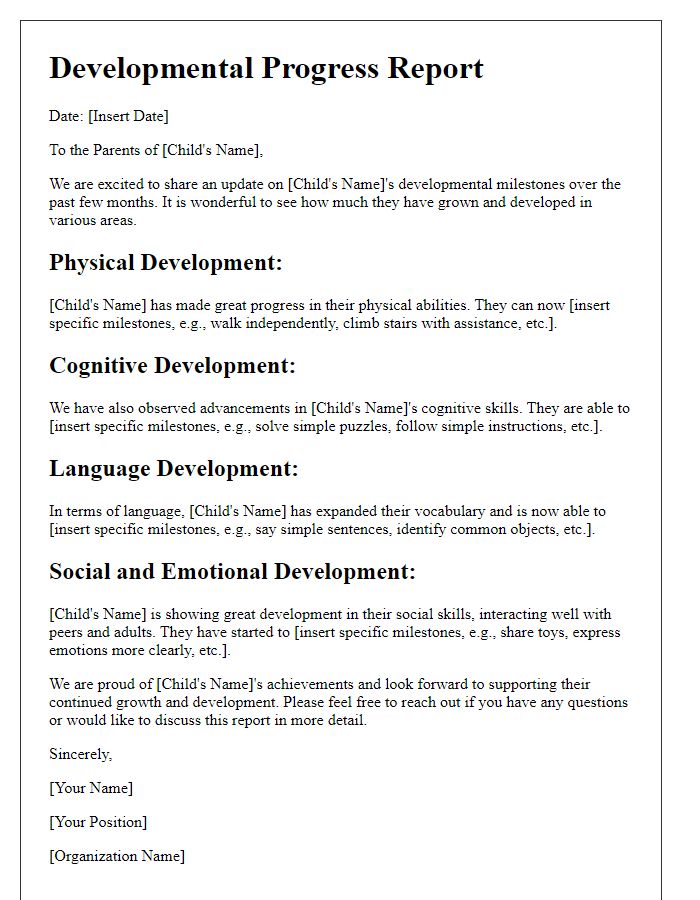
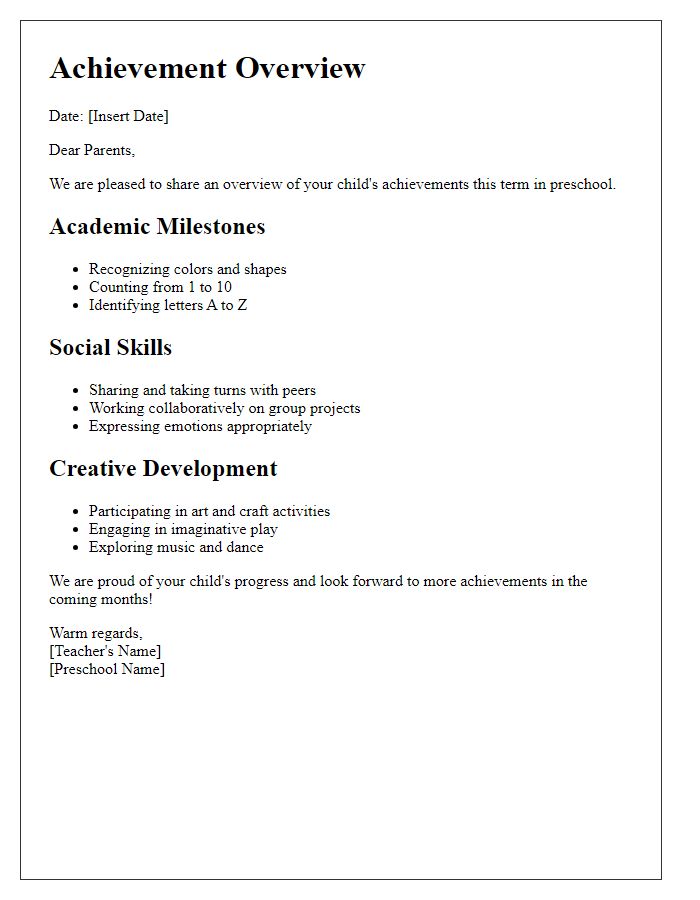
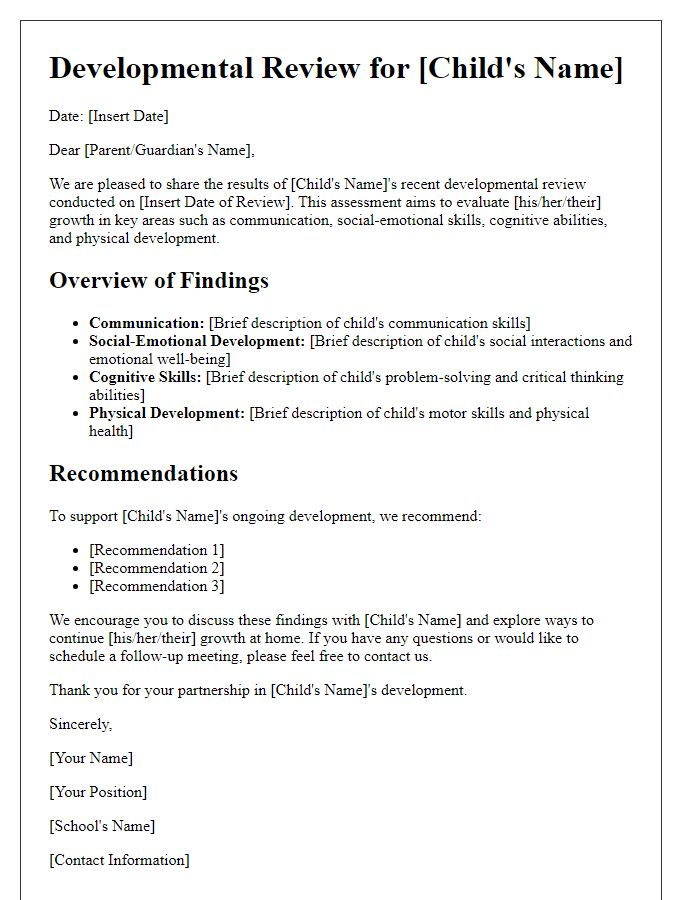
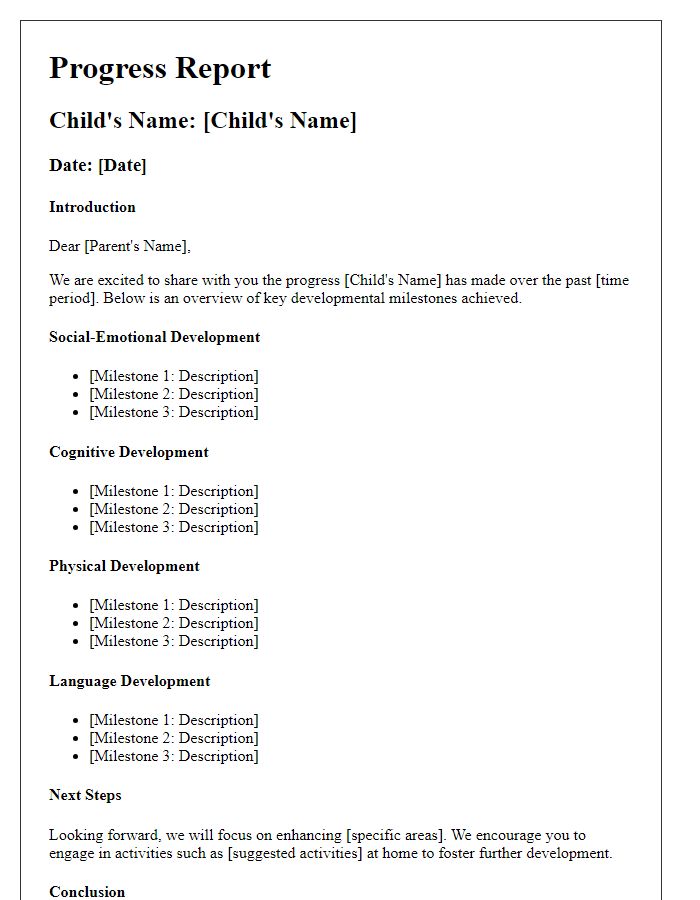
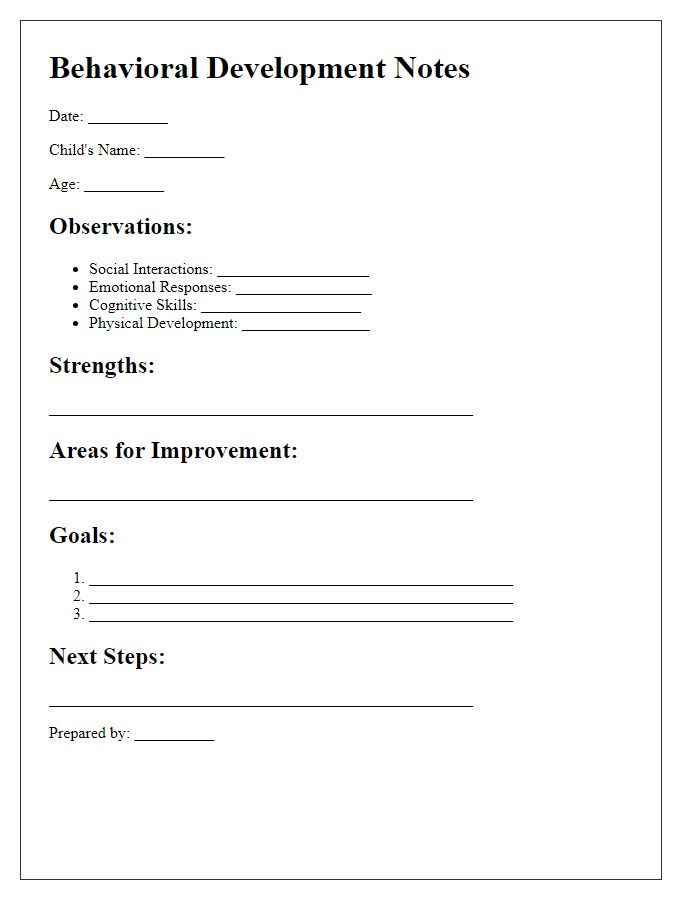
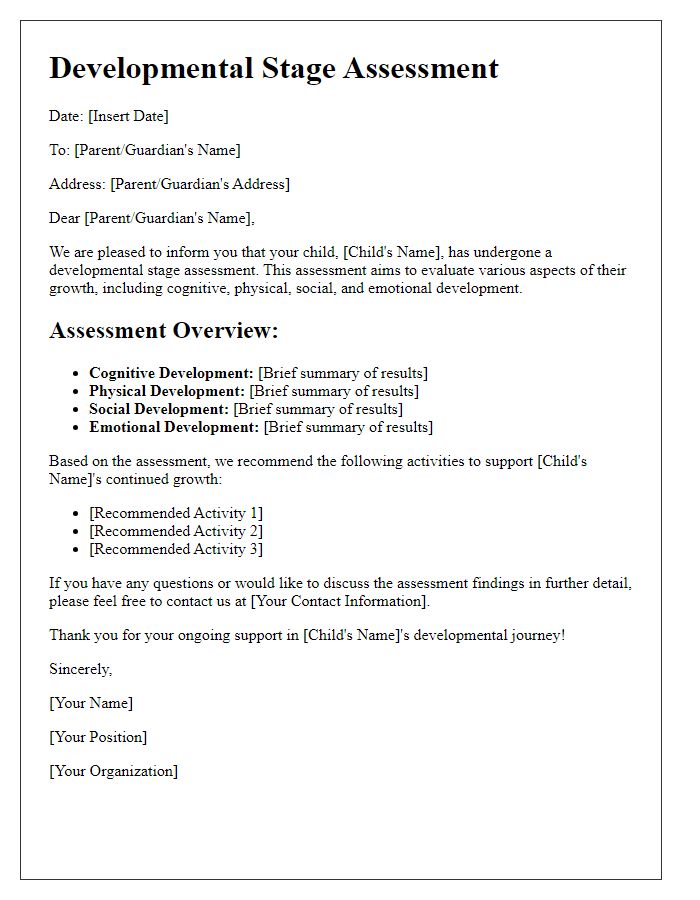
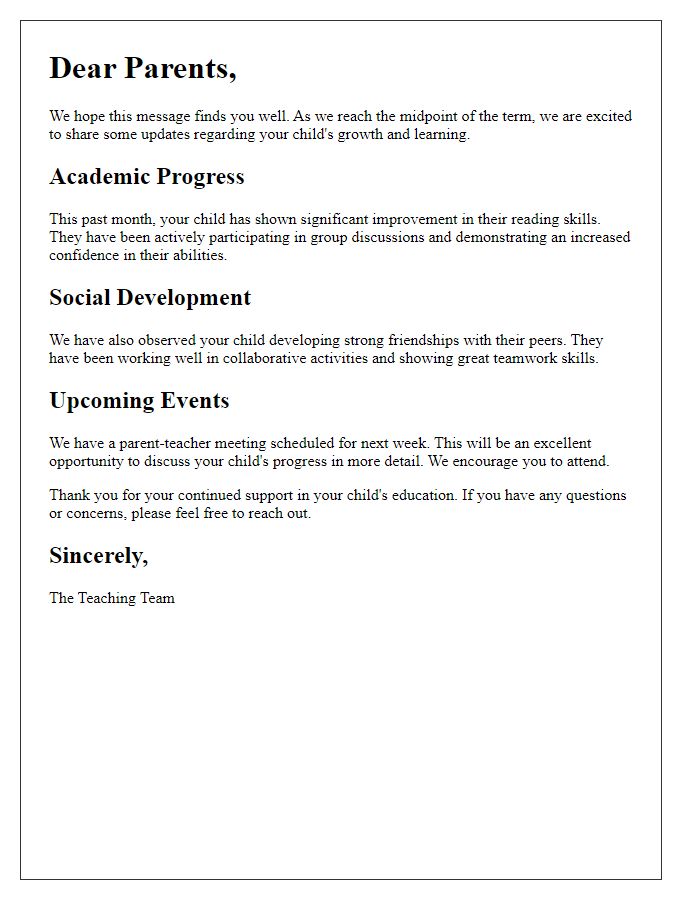
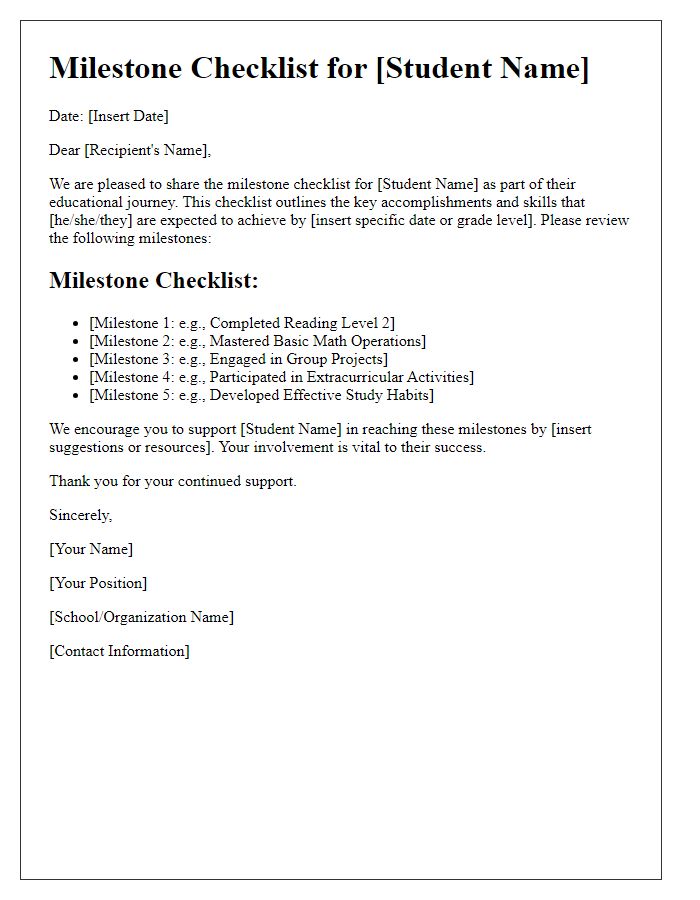
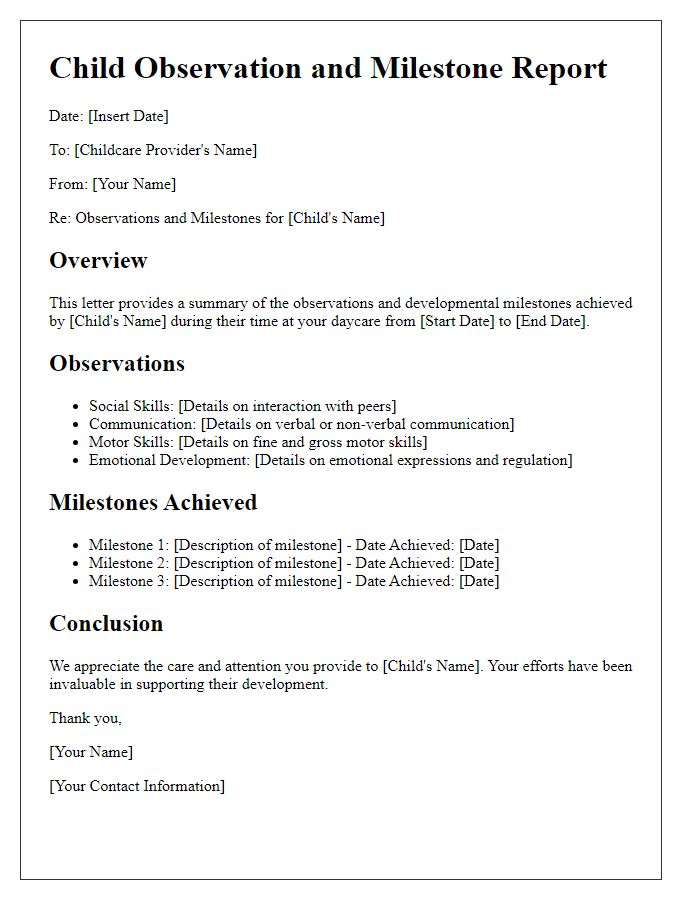


Comments